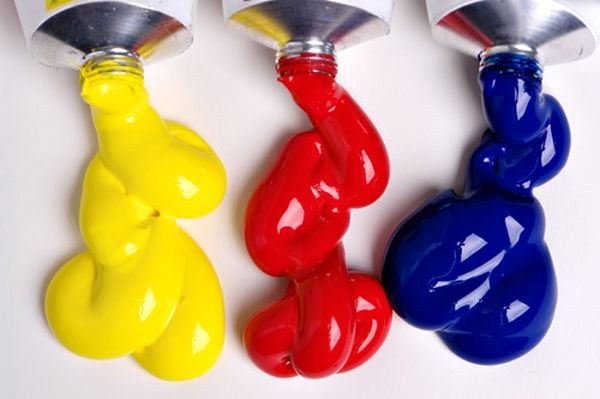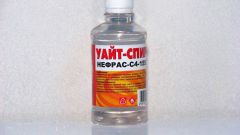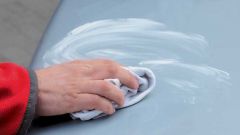Instruction
1
The result of removing acrylic stains affect the speed of reaction: the sooner you start to remove the paint, the easier it'll wash.A fresh stain is easy to wash off with plain water. Take a sponge or cloth dampened with water and wipe the surface with paint. Not had time to dry the paint better to scrub with soap and water. If the acrylic has started to dry, then add water, a little baking soda or vinegar - it promotes the rapid elimination of paint.
2
The greatest difficulty occurs when you delete the dried up stain. Acrylic paint drying is not washed off with water, that's why she like to use when painting facades. At the same time, unsuccessfully dripped the paint after drying it is impossible to wash off with plain water.
3
If the surface allows it to scrape off the paint, use as a tool blade, knife and other items. With plastic, linoleum and metal, you can easily remove the paint. Take a knife and, pressing lightly, scrape off the dried acrylic. Try not to damage the surface.
4
Much harder to wash acrylic fabric. In the case when paint gets on your clothing, use a special remover. Remover is a solvent acrylic paint. You can buy it at any hardware store. Refer the problem to the sales assistant and he will pick your acrylic paint with a special remover. Dried on the stain pour some of the solution and note a few minutes. Then attrite the stain with a sponge soaked in detergent. The remover has a strong smell, so the fabric needs to be washed.
5
A wash can be used on all surfaces, but it is better to apply it in situations where other means can not cope.To avoid wasting time on removing spots from paint, be careful not to spill it. If you notice drops of the acrylic, immediately repair them.
Note
Water base polyurethane and acrylic varnishes and paints for plastics for industrial painting technology for PVC and ABS. PaliPlast RP – base single-component acrylic polyurethane paint for PVC plastic coloring. Characterized by high decorative coating, excellent weather resistance and resistance to contamination.
Useful advice
This one-component primer for plastic to cope not only with plastic. It is valid when applied to even the most difficult materials for coating, including aluminum, PVC, fiberglass, polyvinyl, many types of plastics, including PP, ABS, PS, PE, and leather goods. After applying the primer to all other types of materials, surface can be painted with alkyd and acrylic paints.





